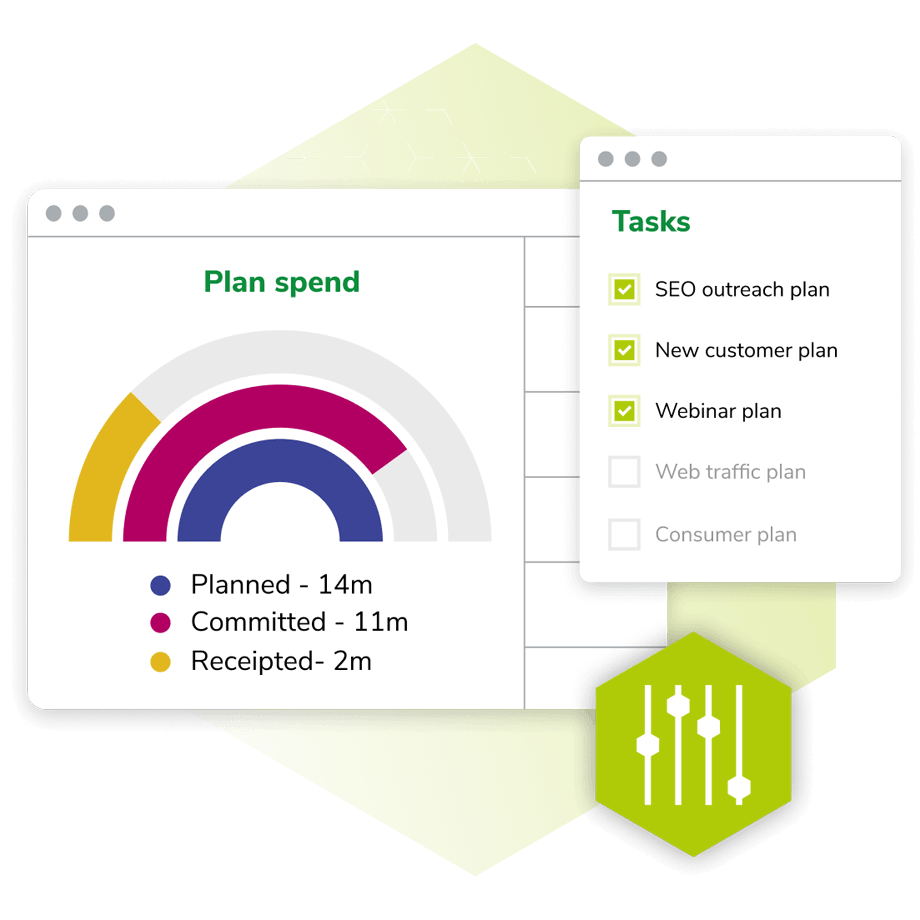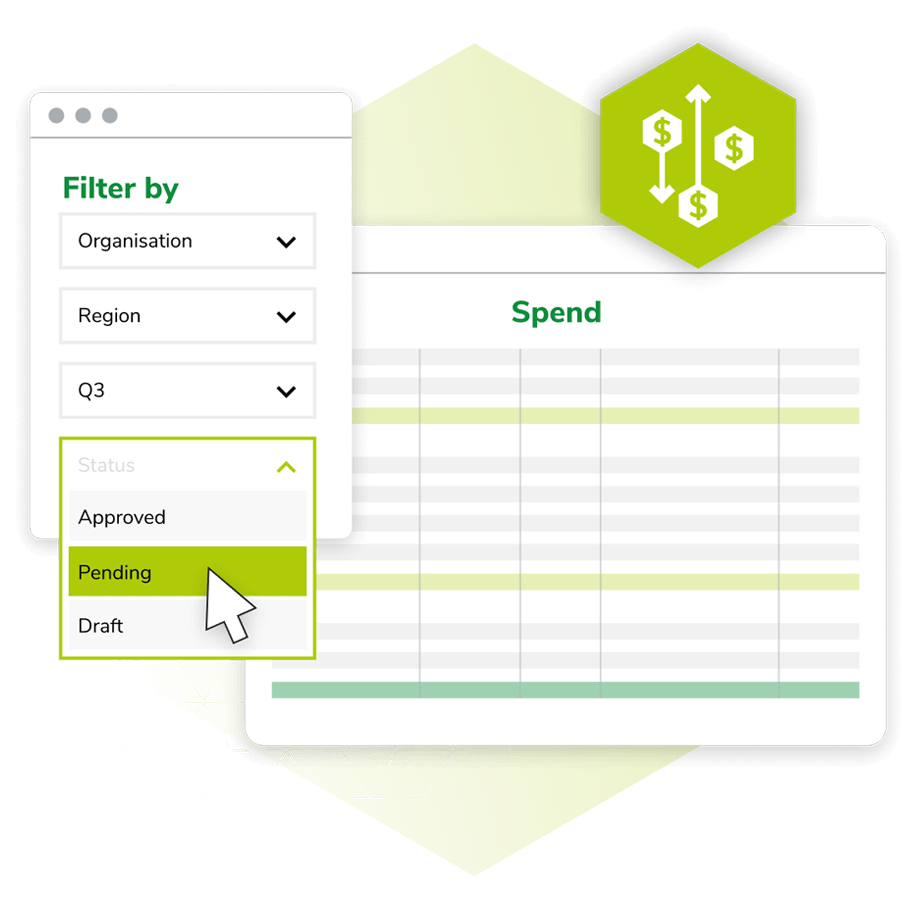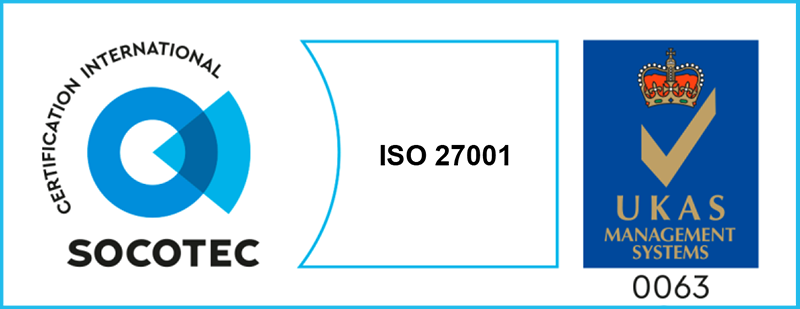A Quick Guide to Smarter Marketing Planning and Budgeting
Marketing budgets are under more scrutiny than ever. As market conditions shift and pressure builds to demonstrate measurable impact, marketing leaders need more than just spreadsheets and static plans. They need agility, clarity, and systems that can keep up with the pace of decision-making.

The issue is many businesses still rely on fragmented tools and outdated processes. Plans are built in one place, budgets tracked in another, and performance reports compiled manually after the fact. This disconnect leads to delays, missed opportunities, and inefficient use of resources.
At Q:chi, we believe marketing performance starts with data-driven planning and seamless budget integration. When teams operate from a unified platform, they can plan faster, adjust in real time, and optimize investments with confidence.
Four Strategies for Smarter Marketing Planning
To move beyond fragmented workflows and manual reporting, organizations need to rethink how they approach planning and budgeting. Here are four practical strategies that can make an immediate difference:
1. Connect planning and budgeting in one system
Rather than managing goals, forecasts, and spend in disconnected spreadsheets, unify them in a single platform. This integration gives teams full visibility from strategy to execution and ensures that financial data and marketing activity stay in sync.
2. Enable real-time budget adjustments
Static, annual budgets cannot keep up with the pace of modern marketing. Shifting to rolling forecasts allows marketing leaders to reallocate funds as campaign performance evolves, supporting faster pivots and smarter investments.
3. Align marketing and finance teams
Shared visibility between CMOs and CFOs is critical. When marketing and finance teams operate from the same data set, they can align on forecasts, track progress toward business objectives, and collaborate more effectively.
4. Automate and streamline spending controls
Manual budget approvals and tracking often lead to waste and confusion. Pre-approved budgets, automated workflows, and real-time expense monitoring can eliminate bottlenecks while improving accountability and governance.
The Benefits of Smarter Planning and Budgeting
Teams that adopt a more agile, data-connected approach to marketing finance consistently see measurable improvements. These include:
Clearer financial visibility
Real-time tracking of expenses, ROI, and forecasted outcomes helps teams stay on top of performance and report accurately.
More efficient investment allocation
By understanding which initiatives drive the most value, budgets can be directed toward what works—reducing waste and increasing impact.
Faster, more informed decisions
With integrated data and tools, marketing leaders can quickly adapt to changing market conditions and seize new opportunities.
Time to Move Beyond Excel
Outdated spreadsheets and disjointed systems are holding back marketing performance. With the right planning platform, teams can align strategy with spend, optimize in real time, and focus on what matters most—driving growth and delivering results.
Published: 2nd August 2024
Sign up for our newsletter and be first to read more





















